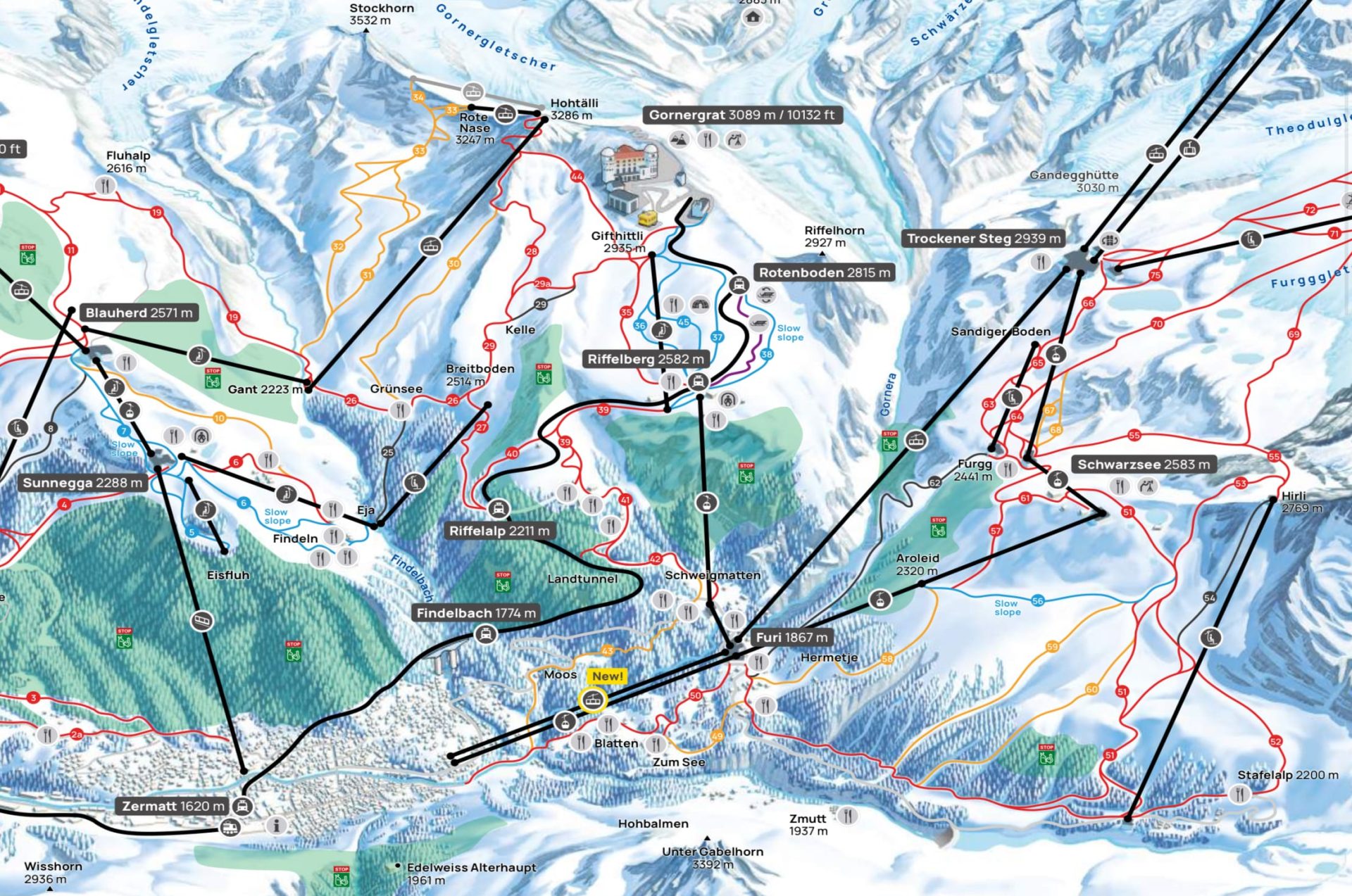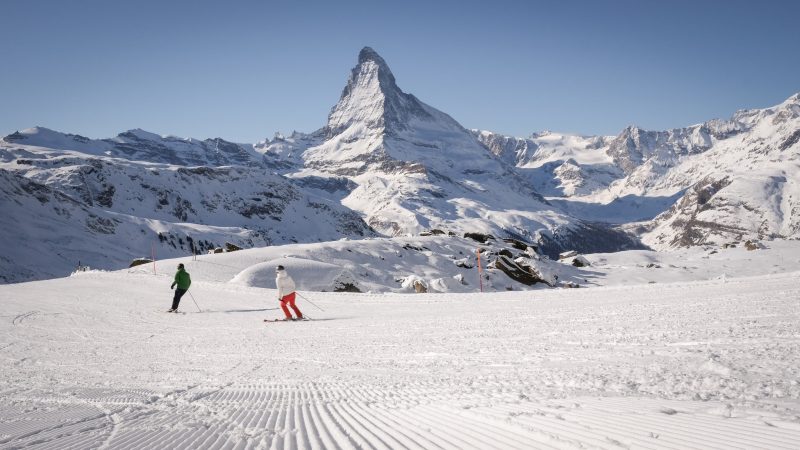
The local police have confirmed the identity of the remaining two victims in the Easter Monday avalanche in Zermatt, Switzerland. The woman was identified as a 25-year-old Canadian while the man was identified as a 58-year-old Swiss. The first victim identified by the police was a 15-year-old U.S. boy.
Due to privacy laws in Switzerland, the cantonal police will not release their names, however, American news outlets have confirmed his identity as that of Aleksas Beiga, son of Lithuanian-born Olympic swimmer Nerijus ‘Ned’ Beiga. The family resides in Naperville, near Chicago, Illinois. In a GoFundMe campaign, the boy was described as a ‘ray of sunshine.’
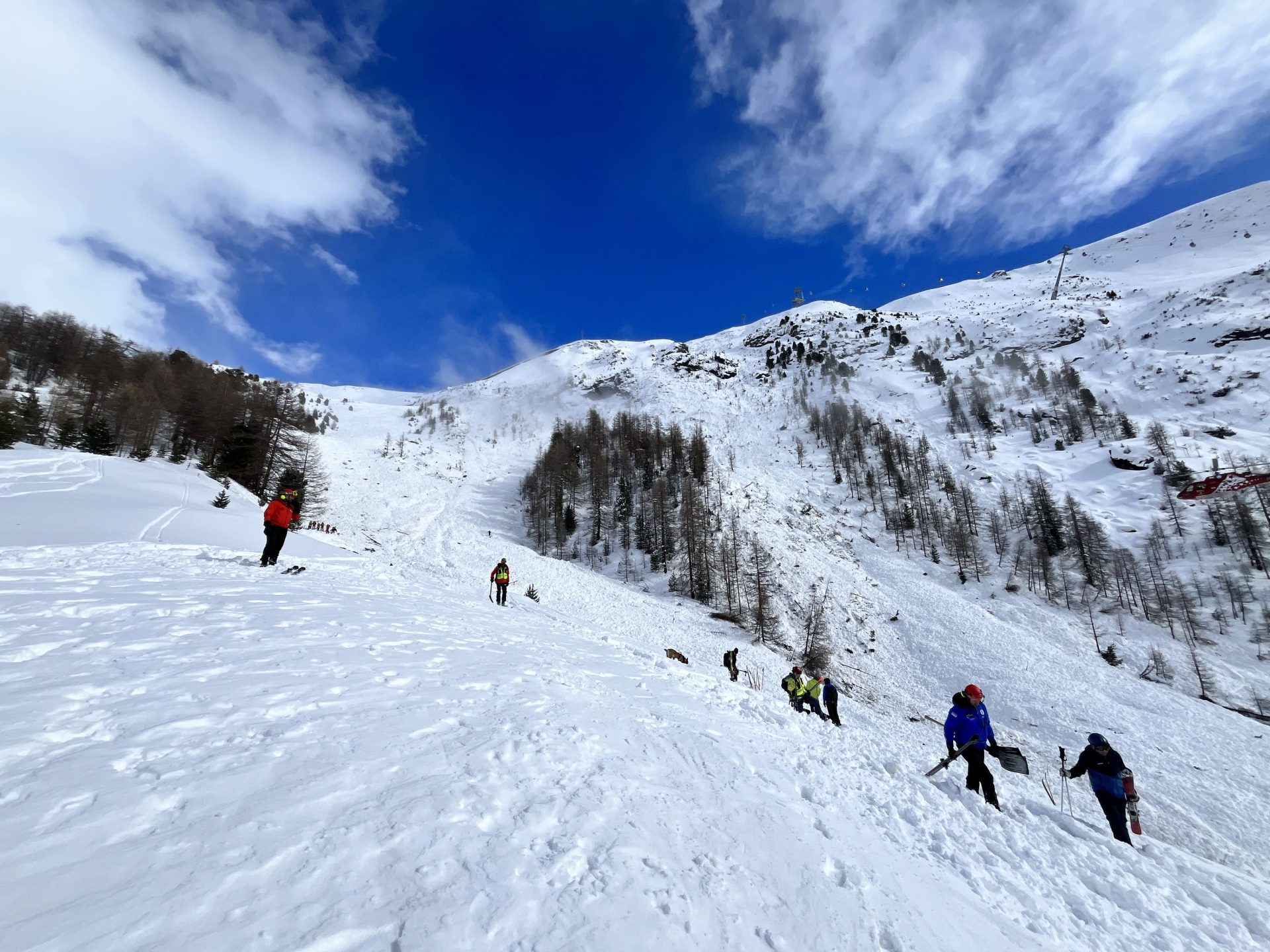
A fourth victim is feared to still be under the snow masses, as a person has been reported missing to the local police on April 2. Search and rescue teams returned to the site to search for the missing person on Wednesday, April 3. The missing person has been identified as a 30-year-old man. Local authorities assume he was swept away by the avalanche as well but have no indication of his potential whereabouts as eyewitnesses reported seeing only four skiers in the area at the time of the avalanche. A search on Tuesday afternoon was unsuccessful and efforts on Wednesday also remained unsuccesful. Monday’s search consisted of in total 45 people, including eight avalanche search dog guides, 13 rescue specialists, 15 firefighters as well as ski instructors, and piste patrollers from the region. Four helicopters also participated in the operation from the air. According to Anjan Truffer, rescue specialist at Air Zermatt, two of the people buried under the snow were carrying avalanche beacons while another person was located via GPS data from their mobile phone. One person was found alive but with serious injuries. He was identified as a 20-year-old Swiss male.
The avalanche broke near the Riffelalp on the Riffelberg in Zermatt on Monday, April 1 shortly after 2 p.m. in an area of the Matterhorn Ski Paradise resort that was a no-go zone. While people do access these areas by ducking ropes and fences, skiers need to be aware that these areas are not patrolled by Ski Patrol and are not subject to avalanche control measures aside from those necessary to safeguard the safety of groomed runs in the resort. In the 48 hours preceding the avalanche, Zermatt had seen 87 centimeters (34 inches) of snowfall, and avalanche risk was reported as being high, or Level 4 out of 5 by the Swiss Avalanche Center SLF. Warnings had been issued to avoid the off-piste areas in the resort.
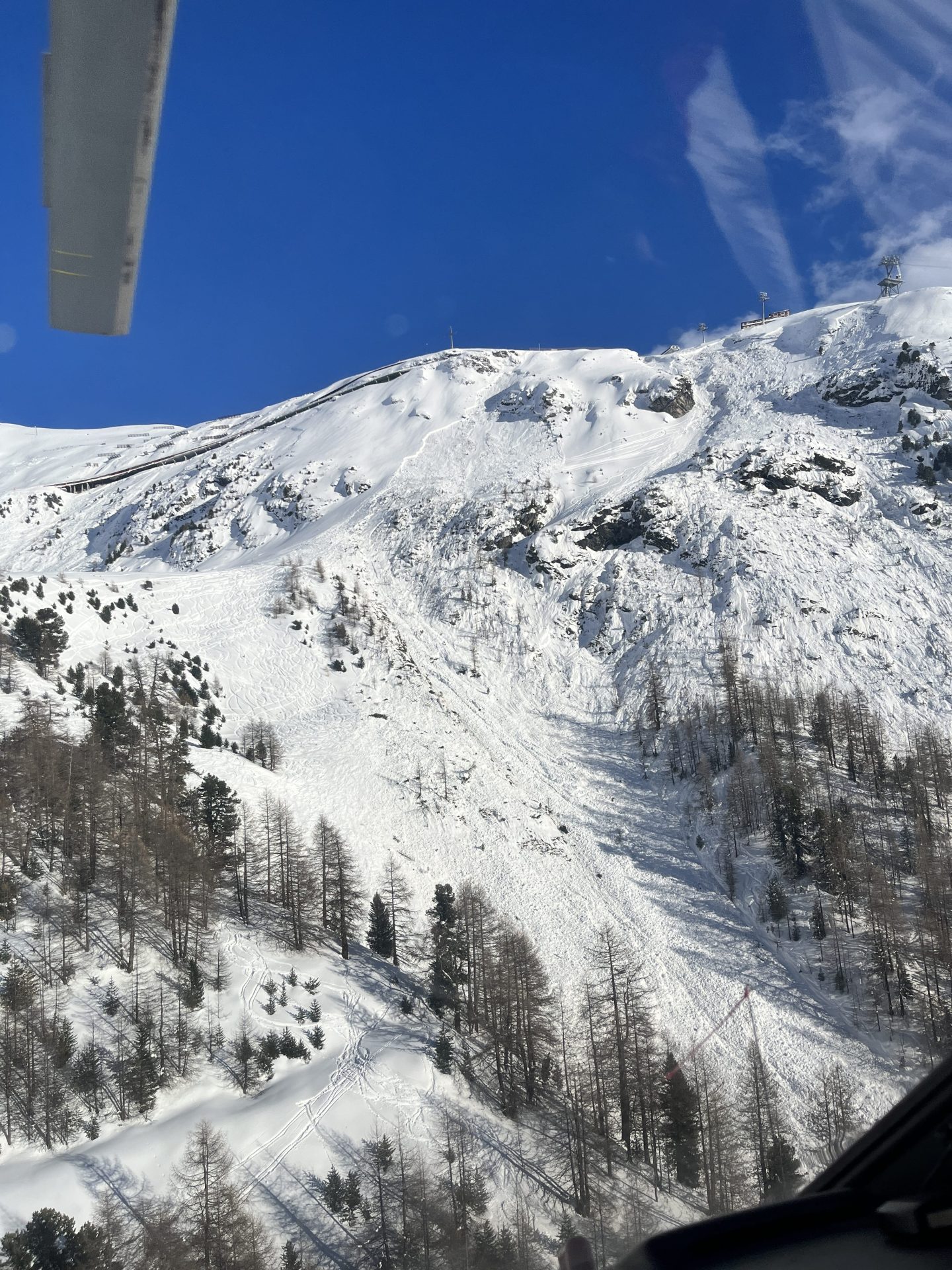
The former head of Zermatt Mountain Rescue, Bruno Jelk, said in an interview with Swiss newspaper Nau: “What happened on Monday surprised me very much. No mountain guide would have skied into this slope. People have become unpredictable.” The people who were in the area would have had to ignore flashing lights and signs alerting to the avalanche danger as well as have ducked ropes and ignored clearly marked signs to access the wildlife protection zone.
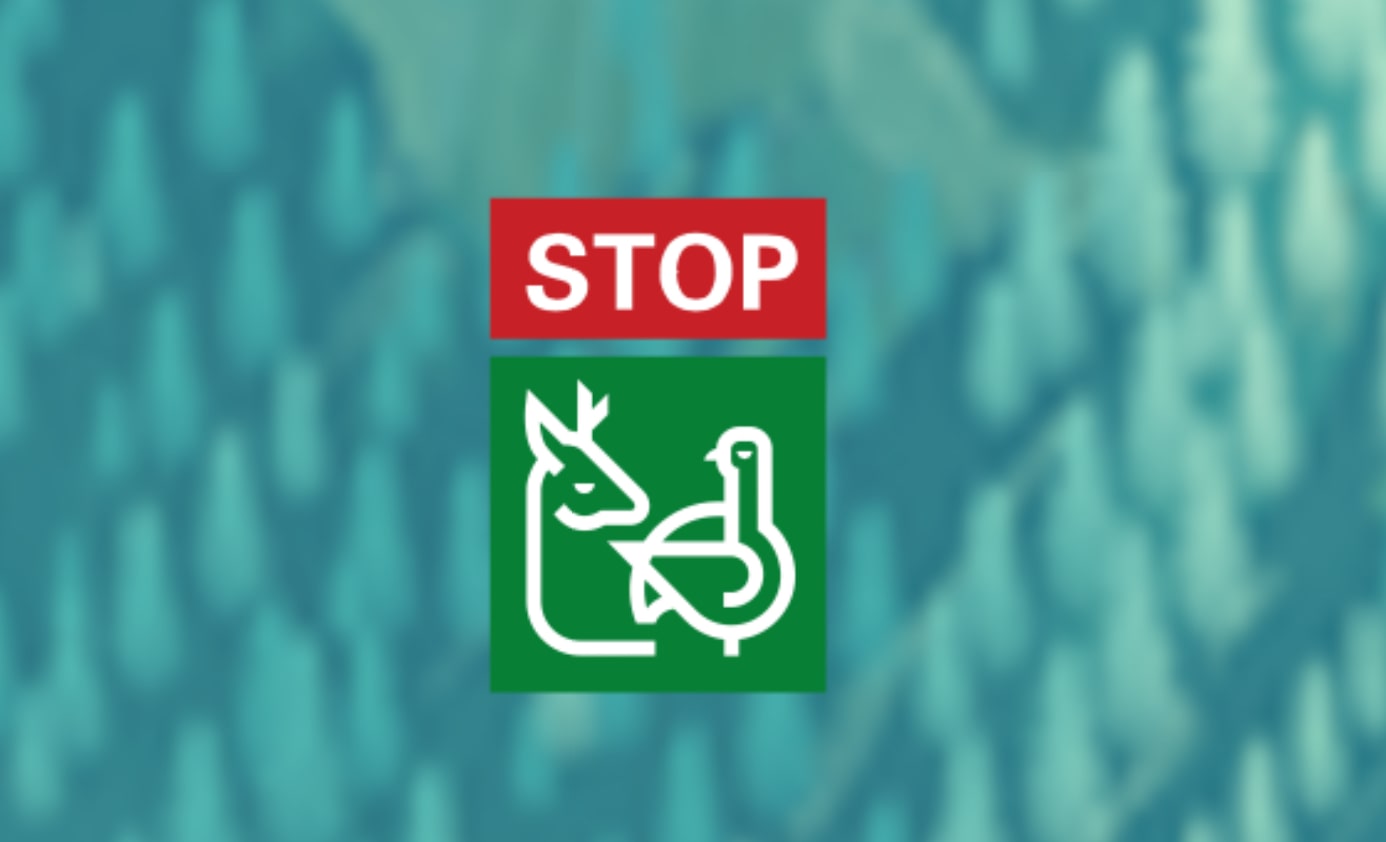
This is confirmed by Markus Hasler, CEO of Zermatt Bergbahnen AG, who told local newspaper Walliser Bote: “They went into a wildlife sanctuary. This is an area closed to winter sports enthusiasts of all kinds. A fence can clearly be seen below the Riffelhaus. It is a so-called wildlife protection fence.”
The search for the person reported missing on April 2 is ongoing. It is unclear why he was not reported earlier and whether he was associated in any which way with any of the three deceased or the one injured Swiss skier. Swiss prosecutors are investigating the deaths in coordination with the local police.
This is an ongoing situation and SnowBrains will update as more information becomes available.
